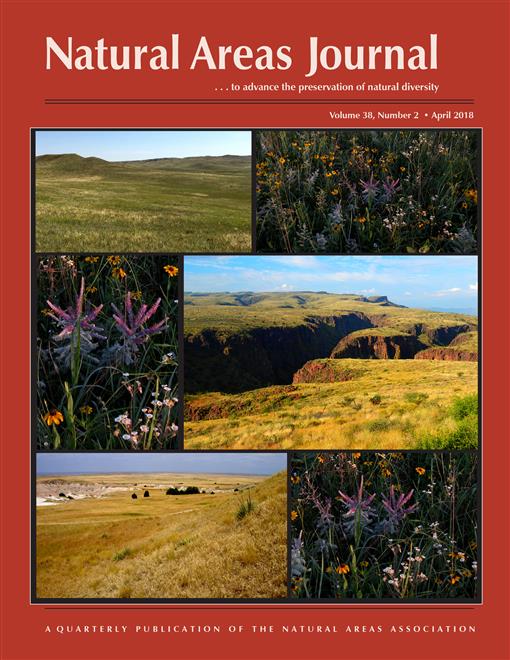After decades of fire suppression in eastern North America, land managers now are prioritizing prescribed fire as a management tool to restore or maintain fire-adapted vegetation communities. However, in long—fire-suppressed landscapes, such as the central and southern Appalachians, it is unknown how bats will respond to prescribed fire in both riparian and upland forest habitats. To address these concerns, we conducted zero-crossing acoustic surveys of bat activity in burned, unburned, riparian, and non-riparian areas in the central Appalachians, Virginia, USA. Burn and riparian variables had model support (ΔAICc < 4) to explain activity of all bat species. Nonetheless, parameter estimates for these conditions were small and confidence intervals overlapped zero for all species, indicating effect sizes were marginal. Our results suggest that bats respond to fire differently between upland and riparian forest habitats, but overall, large landscape-level prescribed fire has a slightly positive to neutral impact on all bats species identified at our study site post—fire application.
How to translate text using browser tools
1 April 2018
Bat Activity Following Restoration Prescribed Burning in the Central Appalachian Upland and Riparian Habitats
Lauren V. Austin,
Alexander Silvis,
W. Mark Ford,
Michael Muthersbaugh,
Karen E. Powers
ACCESS THE FULL ARTICLE

Natural Areas Journal
Vol. 38 • No. 2
April 2018
Vol. 38 • No. 2
April 2018
bats
Central Appalachians
prescribed fire
riparian
upland




